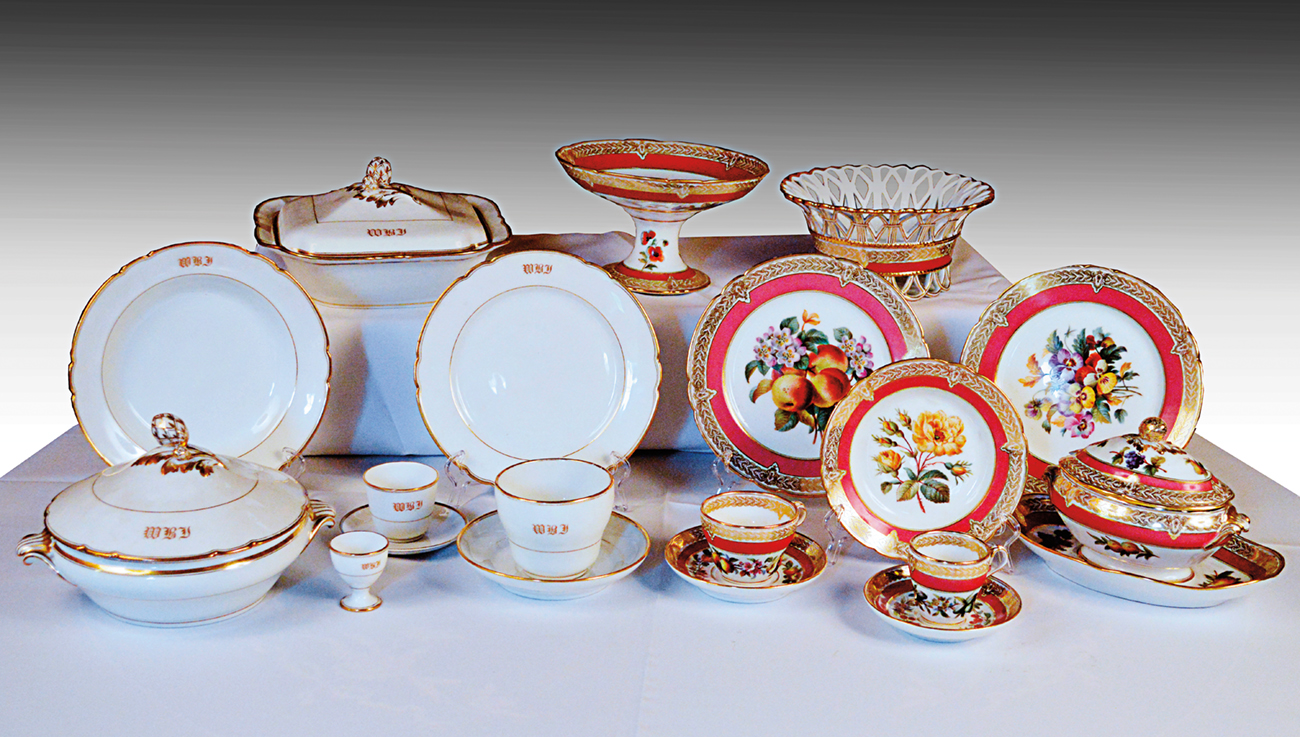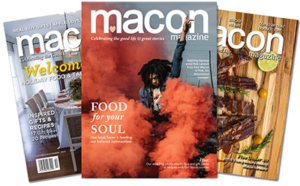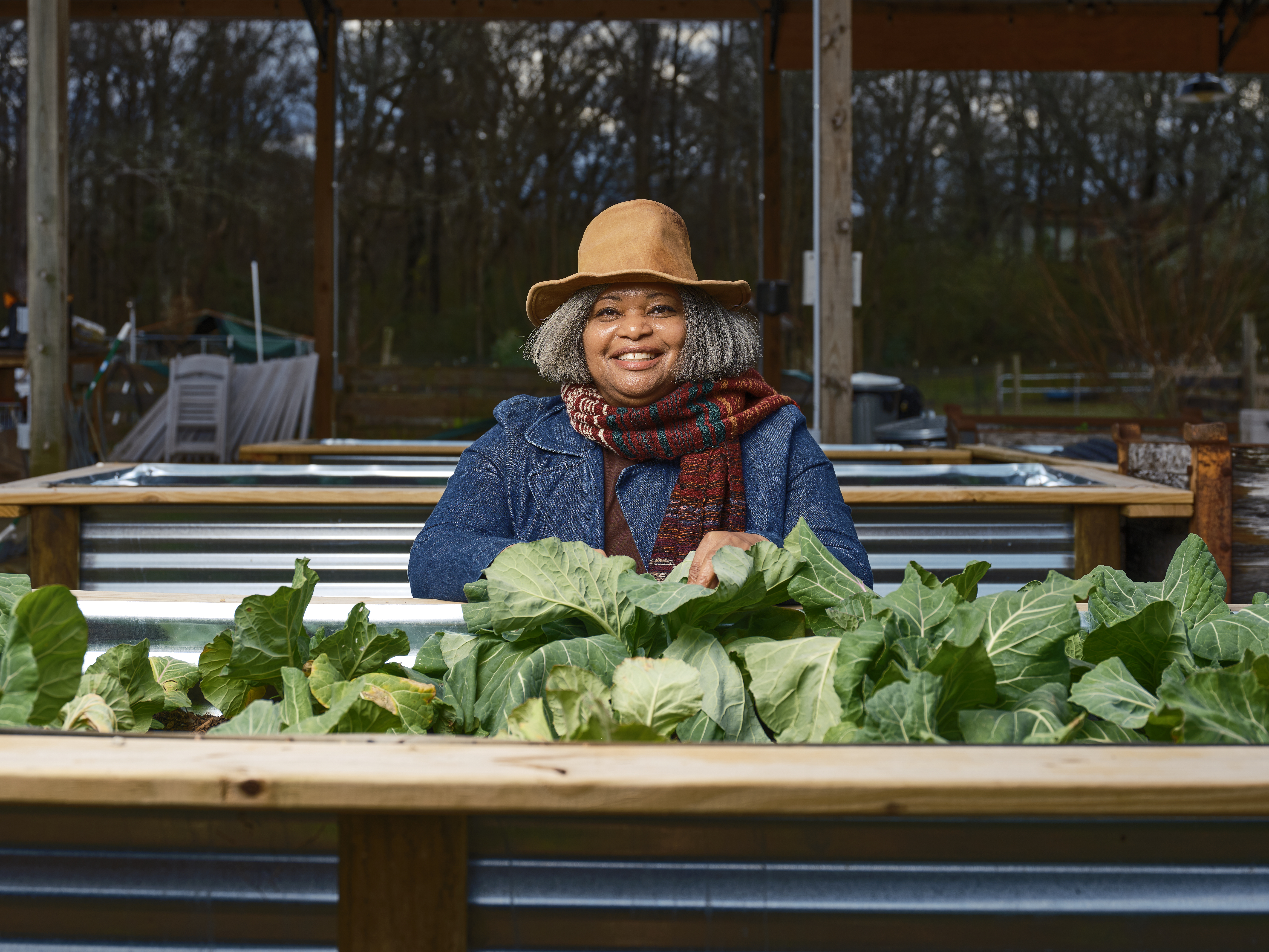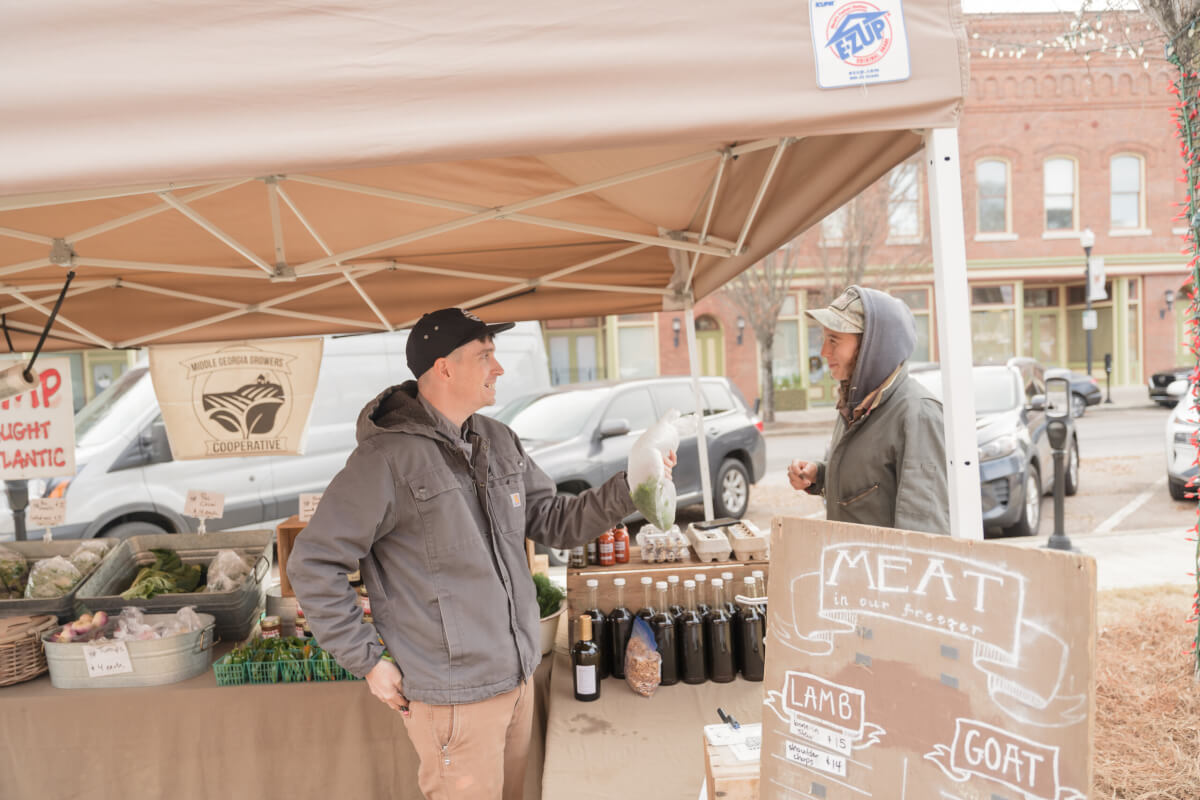
Hay Lore
Setting a splendid table in Antebellum Macon
By Jonathan Poston, Director of Hay House
As I wrote in the February issue of Macon Magazine, William Butler Johnston and Anne Tracy Johnston of Macon took a honeymoon grand tour of Europe from 1851-1854. However, due to Anne’s health, she spent most of their time abroad in Paris in a large and well-furnished apartment that William had leased on the Champs Elysees.
While there, Anne gave birth to their first child, Frances Campbell Johnston, on Aug. 23, 1852. The infant died the same day and was buried in Pere Lachaise Cemetery.
While abroad, the Johnstons were making purchases for the house they hoped to build on the Tracy property on Georgia Avenue in Macon. In keeping with the practice of the day, most of these acquisitions were made by William alone, with or without his wife’s input.
On Jan. 4, 1853, William went to Bourgeois Fabricant de Porcelaines et Christaux, an atelier on Rue St. Honore. Here he purchased two large porcelain dinner services of several hundred pieces each. A lengthy receipt for the transaction has survived, along with the porcelain, in the family of their daughter, Mary Ellen Felton, and in the hands of her descendants to the present day.
Although some pieces of both these services have been on loan to Hay House since the 1990s, one set in its entirely has now been generously donated by a Johnston descendant. Although the original receipt seems now to be lost, a facsimile copy survives in the Hay House archives.
The white and gilt decorated porcelain service, today popularly called “Wedding Band,” is described in the 1853 receipt as gilt edged and consisted of 302 pieces. It is especially noteworthy that the Johnstons paid extra for the application of 22 dozen gilt monograms. Thus, almost every piece of porcelain features a “WBJ.”
The other service William purchased from Bourgeois and enumerated in the receipt, Fleurs et Fruits, included less pieces but was notably more expensive. In total for the entire purchase of the two services, William paid 2,317 francs (more than $2,100), a considerable sum in 1853.
The Johnstons made other purchases in Paris including a gilt decorated glass decanter set, two pairs of large porcelain vases, as well as numerous bronzes and several paintings. As the magnificent dining room at Hay House was the scene of many lavish entertainments, including late night ball suppers, the porcelain received tremendous use. It is evident that this china was treated with the greatest care, as more than 240 pieces of the Wedding Band Service have survived and will now be part of various exhibits at Hay House.
An ongoing series about Hay House lore, traditions and history







